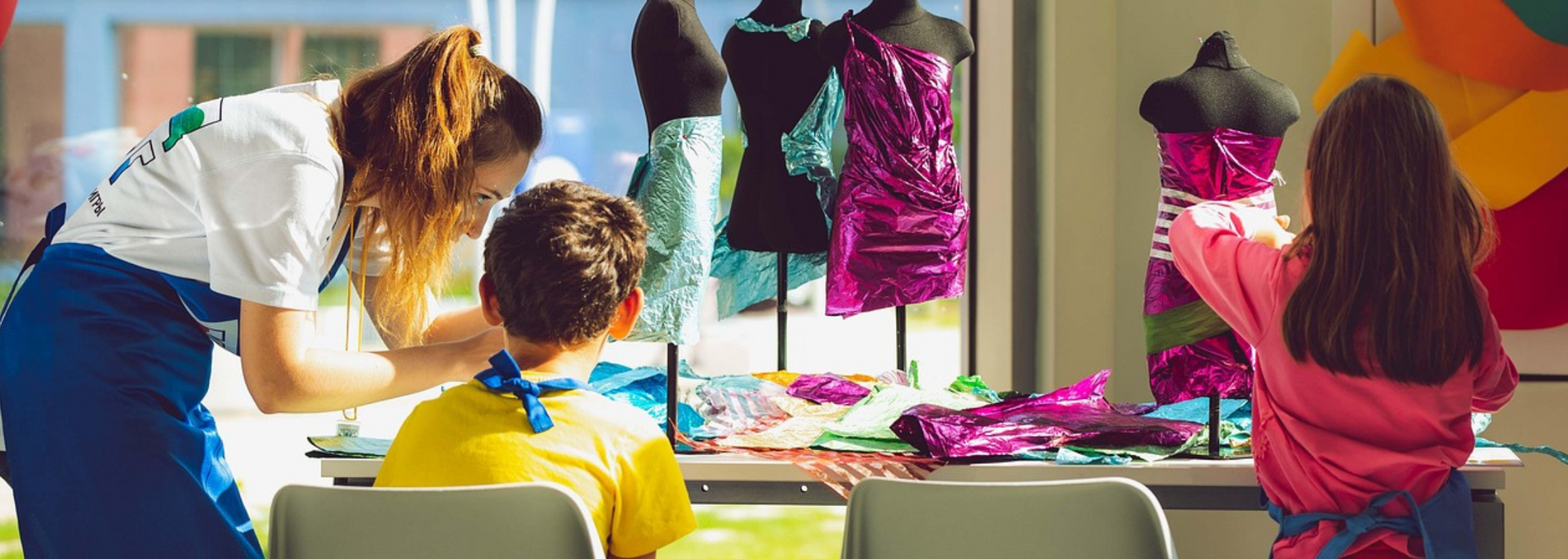Getting a class to focus after the summer holidays isn't always easy. Here are some ideas to help you in your quest for pupil engagement.
If you've been working in a school for more than a year, you'll know that the first week back after the summer holidays can be a challenging time for both pupils and teachers.
The challenge doesn't always come from a negative place. Sometimes, it's the fact that pupils have more energy than you know what to do with. But in other cases, it can be the opposite: students struggle to re-focus and re-engage after a period away.
The key to engaging a new class after the summer holidays isn't just one thing. It takes teaching skills, of course, but also sensitivity, creativity and care.
Here, then, are some ideas for engaging a new class. We hope it helps.
Get back into routines
Most students like a schedule. Sure, they may rail against it, but at the end of the day, a schedule manages expectations and establishes clear boundaries between work and play. Without this schedule, students can become anxious, angsty and unfocused.
This means that a new term should begin by re-establishing routines. These include timings, rules and classroom expectations.
Why? Because expectations are motivating. If a student doesn't know what's expected of them, they're unlikely to cooperate fully.
But it's not just student expectations that need to be managed – it's also your own. The first week back is unlikely to be a time when students are firing on all cylinders. Accepting this will help maintain cordial but firm relations between you and your class.
Exactly how you get back into these routines is up to you and your department. Some argue it should begin from the moment the students sit back at their desks. Others think it should be done gradually.
Remember that every child's summer was different
There's no better way to make a child disengage than by trying to get them to talk about something they don't want to talk about.

The simple fact is that every child's summer was different. Some will have been away and some won't. Some will have had a difficult time at home, and some won't. This needs to be reflected in the way you talk about the holidays with your class.
Sharing is engaging, but you need to make your class feel
able to share. In other words, you need to make them understand that there are no wrong answers.
This could involve asking open-ended questions about the summer. Rather than asking your class where they went and what they did, you could ask them what they enjoyed, learnt or thought about.
Done well, this can help create a welcoming space for all students returning to school – which leads us to our next point…
Make your classroom a welcoming space
How do you feel about your staff room? Is it somewhere you want to go and chew the fat with your colleagues? Is it well-lit, well-ventilated and well-furnished? If not, it probably affects your overall relationship with your employer.
In this respect, you're not so different from your students. A welcoming classroom will help students to engage far more than an unwelcoming one.
Of course, not every teacher is in charge of the paint job. But they can do several things to make a safe, inclusive space for all their students.
It's mainly a case of decoration. You can pin welcoming messages to your walls or install a sharing board for students to use. You can make the colours of your decorations vibrant but not overwhelming. You can also hang up signs and notices that include students with additional educational needs.
All of these steps can add up to an environment where students feel safe and want to engage. Yes, it takes a bit of planning – but it can make a big difference in the first week back from the school holidays.
Slow down

It's important to remember that "engagement" doesn't have to be high-energy. Yes, you want to bring energy into the classroom after the summer holidays. But focus doesn't need the speakers to be turned up to 11.
You can also engage students with a calm and reassuring presence. This can be just what students need as you bridge the gap between holidays and term time.
How you do this will depend on your teaching style. But as a good rule of thumb, you should try to be clear and concise and show you're listening to students.
Achieving this isn't always easy in a target-driven environment. But if you can, bring students back into focus by slowing down activities. Prioritise short, achievable goals, creative tasks, discussions and circle time. By slowing down, you set a manageable pace for yourself and your students.
Organise a school visit
At Stump Cross Caverns, we're passionate about prehistory – a passion reflected in our online Key Stage 2 resources, our school trips and our school visits.
If you're based in Yorkshire or the north of England, why not book us for a fun and engaging educational workshop in
your
classroom?
Our resident Cavewoman (or one of her helpers) will kick away those back-to-school blues with one of three workshops. You can choose from Stone Age Wonders (history), Fossil Discovery Digs (geology) or Cosmic Adventures (space science).
Each session is hands-on, whether the kids are handling fossils or making Stone Age rope. And best of all, they're in line with Key Stage 2 learning goals – so you can be sure students are consolidating knowledge.
But don't just take our word for it. As one parent said: "The Stone Age session was fantastic – really informative. My son can't wait to tell his teacher what he learnt."
So, if you want to fire your students' imaginations, read more about our
workshops for schools or
get in touch today to book yours.
















